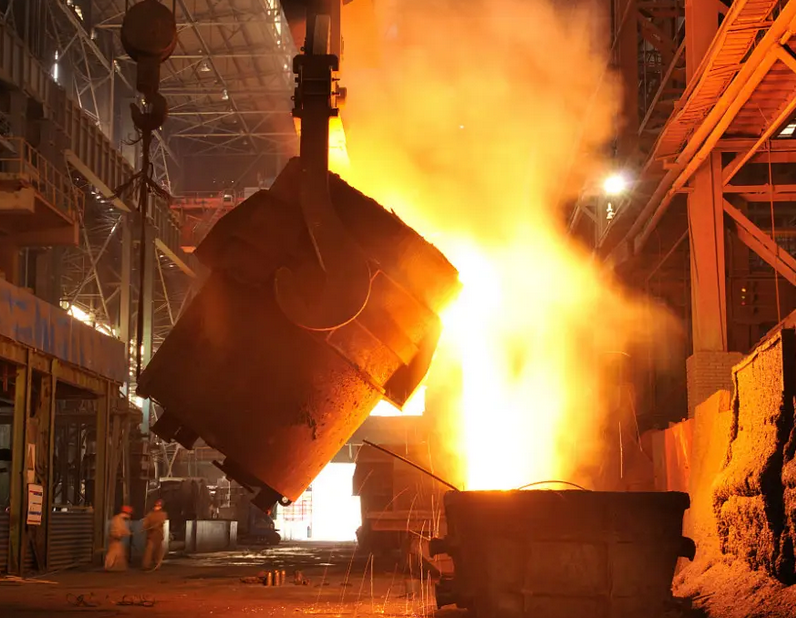The use of magnesium-carbon bricks in electric furnaces
Posted time:2022-07-29 Page view:31732At present, almost all the walls of electric furnaces are made of magnesia carbon bricks, so the life of magnesia carbon bricks determines the service life of electric furnaces. The main factors that determine the quality of magnesia carbon bricks include the purity of magnesia source, the types of impurities, the bonding state of cubic magnesia grains and the grain size. The purity, crystallinity and scale size of the flake graphite used as a source of carbon introduction; Thermosetting phenolic resin is usually used as a binder, and the main influencing factors are the amount of addition and carbon residue.
It has now been proved that adding antioxidants to magnesium-carbon bricks can change and improve their matrix structure, but when used under normal operating conditions of electric furnace, antioxidants are not necessary raw materials for magnesium-carbon bricks, and only for electric arc furnaces with high ferrous oxide slag, such as using direct reduced iron or irregular oxidation parts and hot spots of electric furnace. The addition of various metal antioxidants can become an important part of magnesia-carbon bricks.
The erosion behavior of magnesia-carbon brick in slag line is manifested as the formation of obviously reactive dense layer and decarburized loose layer. The reaction dense zone also becomes the slag invasion zone, which is the erosion area where the high temperature liquid molten slag penetrates into the interior of magnesia carbon brick after the decarburization to form a large number of pores. In this region, FeOn in the slag is reduced to metallic iron, and even the dissolved phase and intercrystalline iron oxide in the solid solution of magnesium oxide are reduced to metallic iron. The depth of slag penetration into the brick is mainly determined by the thickness of the decarbonized loose layer, which usually ends at the place where the graphite remains. Under normal circumstances, the decarburization layer in magnesia-carbon bricks is relatively thin due to the presence of graphite.
There are two ways to draw steel from electric furnace outlet: the tilting steel groove and the bottom steel. When the steel groove is used to tilt the steel, the magnesium carbon brick is basically not used, and the Al2O3 or ZrO2 quality is selected, and the non-oxygen substances such as C, SiC and Si3N4 are added. When the bottom of the furnace is used, the steel outlet is composed of an external sleeve brick and an internal pipe brick. The steel outlet at the bottom of the furnace is made of magnesia-carbon brick pipe brick, and the diameter of the pipe brick is determined by the furnace capacity, steel drawing time and other factors, and the general inner diameter is 140-260mm.
Some steel mills use the medium and low block magnesium-carbon bricks in the steel outlet, and the two sides of the copper outlet replace the original sintered magnesium-carbon bricks, and the furnace age has been increased from about 60 furnaces to more than double. After use, the magnesia-carbon brick in the slag line remains intact and does not stick to slag. There is no need to mend the slag line, which can reduce the labor intensity and improve the purity and productivity of molten steel.

